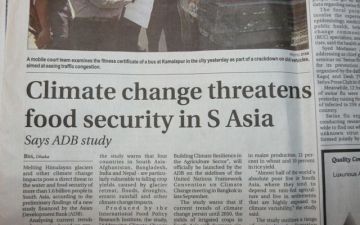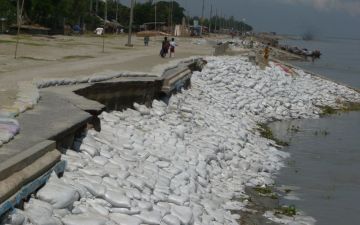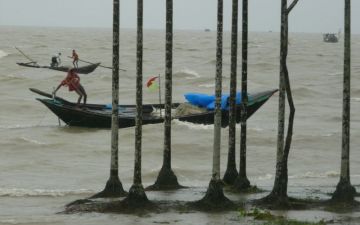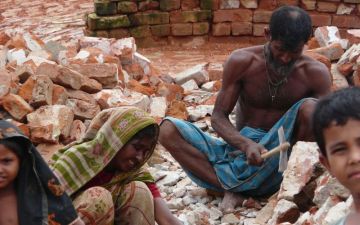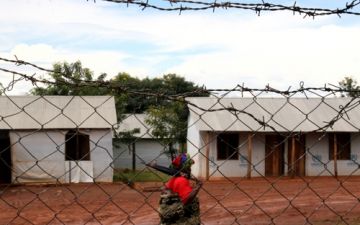Afghanistan: Education in Peril
Three decades of war and internal conflict has left an indelible mark on the fabric of Afghan society. Nowhere is this more evident than Afghanistan's educational system. Here, the success or failure of the country's schools will have tremendous impact on its future.
Video by Shaun McCanna, Flamingo Productions
Produced in association with the Pulitzer Center on Crisis Reporting
Began airing on Foreign Exchange September 11, 2009
